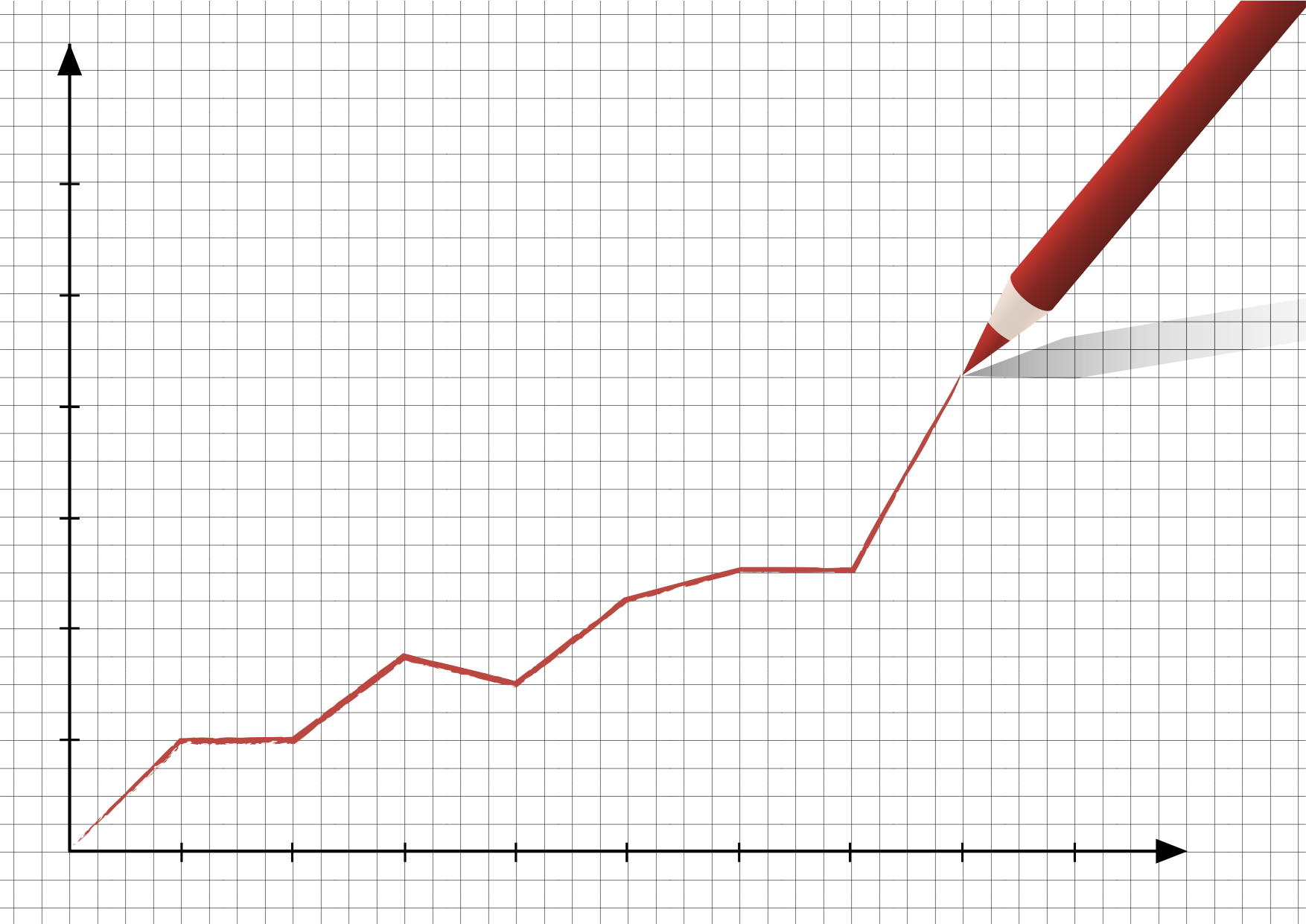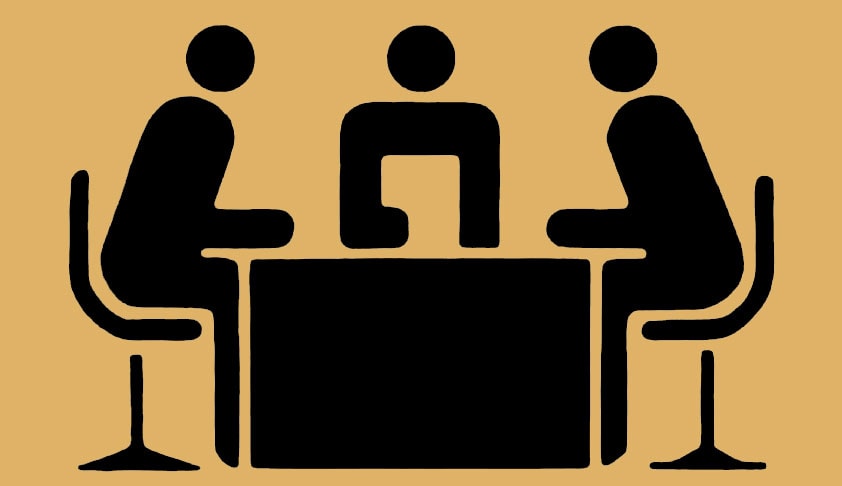Types of Traumatic Brain Injury

A traumatic brain injury (TBI) refers to brain damage caused by an impact to the head that disrupts normal brain function. TBI is the leading cause of disability for people under 40, with an estimated 452 severe brain injuries reported every day in Canada. This number amounts to one person suffering a traumatic brain injury every 3 minutes.
Brain damage may not be evident right away but could develop later as a result of swelling or bleeding. Understanding the signs, severity levels, and types of traumatic brain injuries is crucial to ensure you receive the proper diagnosis and treatment.
What Causes a Traumatic Brain Injury?
TBI can result from the head hitting an object or when an object pierces the skull and enters brain tissue. Fast acceleration and deceleration, like a car accident, can also cause an injury when the brain hits the inside of the skull.
Slip and falls account for almost half of emergency department visits for TBIs. People older than 65 and children under age 17 experience the most fall-related TBIs. Brain injuries caused by shaking are most common in infants and small children, but they can occur any time you experience violent shaking. Other common causes of traumatic brain injuries include:
- Motor vehicle accidents
- Truck accidents
- Fall objects
- Acts of violence
- Defective products
- Medical malpractice
You can have a traumatic brain injury even if you don’t lose consciousness or your symptoms clear up quickly. Anyone who experiences an impact to the head and develops symptoms of a brain injury should seek medical attention, even if the symptoms are mild.
If the injury was caused by someone else’s negligence, a brain injury lawyer (also called a personal injury lawyer) can help guide you through the insurance claim process and advise you on your legal options to recover compensation.
Levels of Brain Injury Severity
The severity of a brain injury is determined by several factors, including memory loss, delayed motor functions, and loss of consciousness. While all brain injuries are serious, doctors categorize TBI on a scale from mild to severe.
Mild Brain Injury
Concussions are the most common form of a mild traumatic brain injury. Many people who experience a mild TBI only lose consciousness for a few seconds or minutes, if at all. Any memory loss is temporary, typically returning to normal within 24 hours.
Moderate Brain Injury
A moderate TBI is characterized by loss of consciousness between 30 minutes and 24 hours. Memory loss can persist for a week, and confusion can last several weeks. Some complications can last for months or be permanent. These complications can be physical, cognitive, or behavioural.
Severe Brain Injury
Those with severe brain injuries are typically unconscious for six hours or more, with some remaining unresponsive for extended periods of time or indefinitely (otherwise known as a coma). Some closed head injuries can result in severe brain injury; however, severe head trauma is often caused by an open head injury where the skull has been seriously damaged.
What Are the Symptoms of a Traumatic Brain Injury?
The brain is a complex organ. Each part of the brain is responsible for different functions, such as speech, emotions, and vision. Symptoms of brain damage will vary depending on the location and the severity of the injury.
Common symptoms of a mild traumatic brain injury include:
- Confusion
- Nausea
- Headache
- Dizziness
- Blurry vision
- Ringing in the ears
- Neck pain
- Slow reflexes
The symptoms of moderate and severe head injuries include many of the symptoms of minor head injuries, in addition to:
- Persistent nausea and vomiting
- Persistent headache
- Dilated pupils
- Slurred speech
- Difficulty waking up, talking or speaking
- Weakness or numbness of the arms or legs
- Seizures
- Serious disorientation
- Abnormal eye movements
- Changes in mood
These symptoms often appear at the time of the injury or soon after. Although, it’s important to be aware that some symptoms of a brain injury might not appear right away. You should continue monitoring your symptoms for several days and weeks after the injury.
Types of Traumatic Brain Injury (TBI)
In addition to the severity of a brain injury, the type of injury will determine the treatment and potential for recovery. Generally, traumatic brain injuries are divided into two categories based on what causes them.
Primary Brain Injury
A primary brain injury occurs at the time of impact and can be caused by a penetrating injury or a non-penetrating injury. A penetrating (open head) injury happens when an object breaks through the skull and damages the brain, such as a bullet wound. A non-penetrating (closed head) injury is brain damage caused by a blow or jolt to the head that did not pierce the skull, like a car accident or a slip and fall.
- Intracranial Hematomas: A collection, or clotting, of blood within the brain tissue or underneath the skull.
- Skull Fractures: A break in, or crushing of, a part of the skull.
- Brain Contusions: Bruising on the surface of the brain that causes bleeding and swelling inside the brain.
- Diffuse Axonal Injury (DAI): Tearing of nerve fibres between brain cells.
- Concussions: The result of the brain hitting against the hard walls of the skull or the forces of rapid acceleration and deceleration.
Secondary Brain Injury
A secondary brain injury refers to the changes that occur in the hours and days following the primary brain injury. These changes may cause further neurological damage that will significantly impact the person’s overall outcome.
- Hypoxia: Insufficient oxygen in the brain.
- Second Impact Syndrome: Getting a second concussion before the first concussion has healed.
- Ischemia: A blockage in an artery that reduces blood flow to the brain.
- Cerebral Edema: Swelling of the brain that causes fluid to develop and increase the pressure inside the skull.
- Hypercapnia: Build-up of carbon dioxide levels in the bloodstream.
Most brain injuries are a combination of both primary and secondary injuries. The damage can be focal (in one area of the brain) or diffuse (in multiple areas of the brain). The more severe the primary injury, the more likely the secondary injury will contribute to further destruction of brain tissue.
What Are the Results of a Brain Injury?
The brain doesn’t repair itself the way a cut or other injury does in the body. Recovery depends on the severity of the injury. Some mild brain injuries may result in short-term symptoms that can disappear over time with proper attention. People with moderate or severe damage often suffer from long-term or permanent impairments to physical, behavioural, and cognitive functions.
Physical Changes
- Fatigue, difficulty sleeping, or insomnia
- Challenges walking, moving, or sitting
- Poor balance
- Chronic pain or headaches
- Tremors
- Paralysis or weakness
- Spasticity (tightening and shortening of the muscles)
- Sensory changes in vision, taste, smell, hearing, and touch
- Left- or right-sided neglect
Behavioural Changes
- Impulsivity or engaging in risky behaviour
- Isolating oneself
- Change in independence level
- Difficulty with relationships
- Irritability or having a “short fuse”
- Depression and anxiety
- Feeling a loss of identity
- Having sudden, extreme emotions
- Showing limited emotional response
- Decreased motivation
Cognitive Changes
- Difficulty concentrating
- Coma
- Confusion
- Memory loss and amnesia
- Difficulty making decisions
- Problem-solving deficits
- Loss of sense of time and space
- Difficulty speaking and understanding speech (aphasia)
- Difficulty reading (alexia) or writing (agraphia)
- Trouble performing common actions, like brushing one’s teeth (apraxia)
- Problems identifying objects and their function
Epilepsy can also result from a brain injury. While most seizures happen immediately after the injury, or within the first year, it is possible to not show signs of epilepsy until years later.
Most studies suggest that brain cells can’t be repaired after being damaged or destroyed. However, in some cases, recovery in other areas of the brain can make up for the injured tissue. In other cases, the brain can learn to reroute information and function around the damaged areas.
The exact amount of time to recover is difficult to determine at the moment of injury and could be unknown for months or even years. Patients with severe brain injury may need prolonged or lifelong treatment and rehabilitation.
How is a Brain Injury Diagnosed?
One of the first ways a doctor will assess the symptoms of a brain injury is with the Glasgow Coma Scale (GCS). The GCS is a 15-point test, and a high score indicates a less severe injury.
The doctor will also ask about the circumstances of your injury. It’s common for people with brain injuries not to remember details of the accident. If possible, bring someone with you who witnessed the accident or to help recall details of the assessment and recommendations for treatment.
Depending on the severity, doctors will perform other types of tests to determine the extent of the injury. Some examples of these tests include:
- Neurological Evaluation: Assessment of muscle control and strength, motor function (balance, reflexes, and coordination), memory, thinking, and sensory functions (hearing and vision).
- Imaging Tests: A CT scan or MRI to check for signs of trauma, including bruising, bleeding, and swelling.
- Blood Test: The Banyan Brain Trauma Indicator (BTI) looks for proteins in the blood that indicates a concussion or mild TBI.
In some cases, brain injuries can go undetected, or testing may provide an incorrect diagnosis. This often happens in mild brain injuries where the symptoms are so subtle that they are not detected using common diagnostic equipment, like x-rays, CT scans, and MRIs. Another reason TBIs are missed is overlapping medical conditions in older adults, such as dementia and Alzheimer’s disease. A misdiagnosis can result in a lack of proper treatment and serious, long-term health complications.
No two brain injuries are alike, and many require specialized care and treatment. If someone else is at fault for causing your brain injury, you will need medical evidence to support your insurance claim. Insurance companies may try to dispute whether you have a TBI, especially if the injury is misdiagnosed. Fortunately, an experienced brain injury lawyer can collect objective evidence on your behalf to help prove damage has occurred to ensure the impacts of the brain injury are fairly compensated.






















